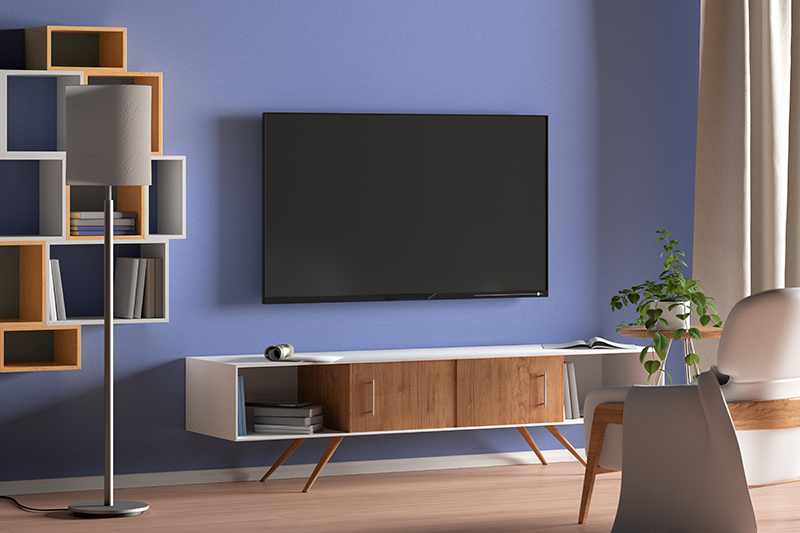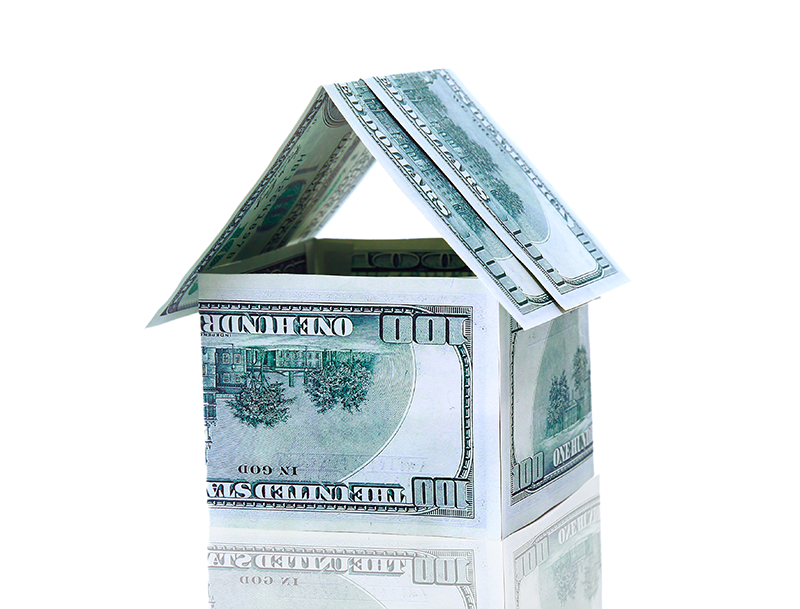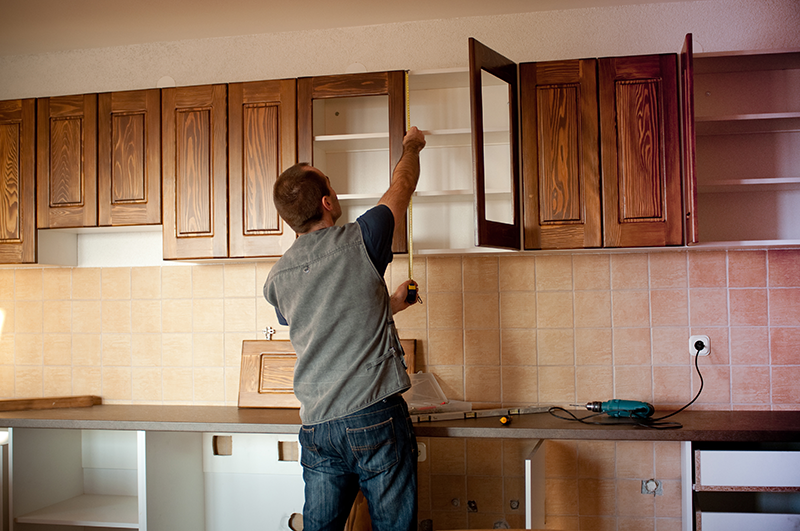How to Calculate ROI for a Rental Property


Your return on investment (ROI) is how much money you make or lose on a property investment. It should be enough to cover expenses and have positive cash flow. ROI can vary greatly, depending on the formulas you use.
The 2% rule. This rule states that the monthly rent for a rental property should be at least 2% of its purchase price. If you paid $300,000 for your home, you should be able to rent it for $6,000, as $300,000 X 0.02 = $6,000. This figure may be unrealistic in most markets.
The 1% rule. Let’s say that monthly rents for single family homes like yours are closer to $3,000. That’s only a 1% return on your $300,000 home. Is it worth it? Yes. If you combine the costs of your first mortgage and equity loan at $240,000, and the projected monthly rent of $3,000, you’ll net $600 a month in addition to the renter paying your mortgages. $240,000 X 0.01 = $2,400. $3,000 – $2,400 = $600. $600 X 12 = $7,200.
ROI for rental properties is determined by subtracting the total operating costs from the total rental income for the year and dividing this number by the mortgage amount. Operating expenses don’t include mortgage costs, but it does include repairs, maintenance, taxes, utilities, vacancy losses, management fees, etc. $3,000 X 12 = $36,000. Monthly operating costs are $800 X 12 = $9,600. $36,000 – $9,600 = $26,400. $26,400 / $240,000 = 0.11 ROI.
ROI should increase the longer you own the property.





















